Yosemite’s Meadow Fire Photos and Video
6 Comments
Sierra Nevada forest fires are part of the cycle of nature. Lightning started one such fire weeks ago within the designated wilderness of the Yosemite National Park, in Little Yosemite Valley between Half Dome and Mount Starr King. On Sunday afternoon (Sept 7, 2014), fanned by high winds, it exploded all of a sudden, belching plumes of smoke that could be seen from as far as Reno. All trails starting from Happy Isles, including Mist and Half-Dome closed down. More than 100 hikers had to be evacuated, many of them by an helicopter airlift from the top of Half-Dome.
I heard of the fire on Twitter and saw a few dramatic photos on Monday morning. Some very extensive forest fires had been burning at the periphery of the park over the past couple years, but this time it happened in scenic the heart of the park, next to Yosemite’s icon, Half-Dome. After picking up my kids from school on Monday, I drove to Yosemite.
Until the 1960s, complete fire suppression was the only fire policy in national parks and national forests. However, environmentalists such as Aldo Leopold had recognized long before that wildfires were beneficial to ecosystems – being needed for the propagation of some trees. In the 1960s, it was indeed discovered that no new Giant Sequoia had grown in the Sierra Nevada. Since fires are somehow inevitable, if none are allowed to burn then the undergrowth fuels will keep accumulating, leading to risks of huge fires – such as last year’s Rim Fire which started on national forest lands that do not have controlled burns like Yosemite. As the Wilderness Act in 1964 encouraged respect for natural processes, the Park Service changed its policy, to normally let fires run their course with just a fire watch, as they could be contained within fire management units and objectives.
However, this year, 80% of California is subject to “extreme drought” conditions. Yosemite has been so dry that the Park Service were concerned the Meadow fire would attain gigantic proportions if left unchecked after its Sunday expansion. Therefore, they proceeded to combat it vigorously, to good effect. The entire Bridalveil Creek campground was used to house some of 400 firefighters. They worked so hard that the fire’s activity had already diminished a lot by Monday night, and then even more by Tuesday night. As this morning, I read that the Half-Dome trail is expected to re-open this Saturday.
Watching the destruction of some of the forests where I had backpacked brought some sadness, although I knew that nature would eventually recover. Although I missed the most spectacular night, I was still fortunate to witness this awesome sight on two nights and the day in between, and I am glad that the fire is under control. I tried to make iconic landscape photographs including the fire, rather than concentrating on it. For that, my favorite viewpoint was from the hairpin turn just before Glacier Point. I also hiked to Sentinel Dome by day and night, where I found unusual images of the smoke filling up the surrounding valleys – Yosemite Valley was very smoky. I’ve mixed images from both nights below, but you can tell them apart, as the moon was rising earlier the first day, and the plume was more clearly defined. Any favorite ? What do those images make you feel ?
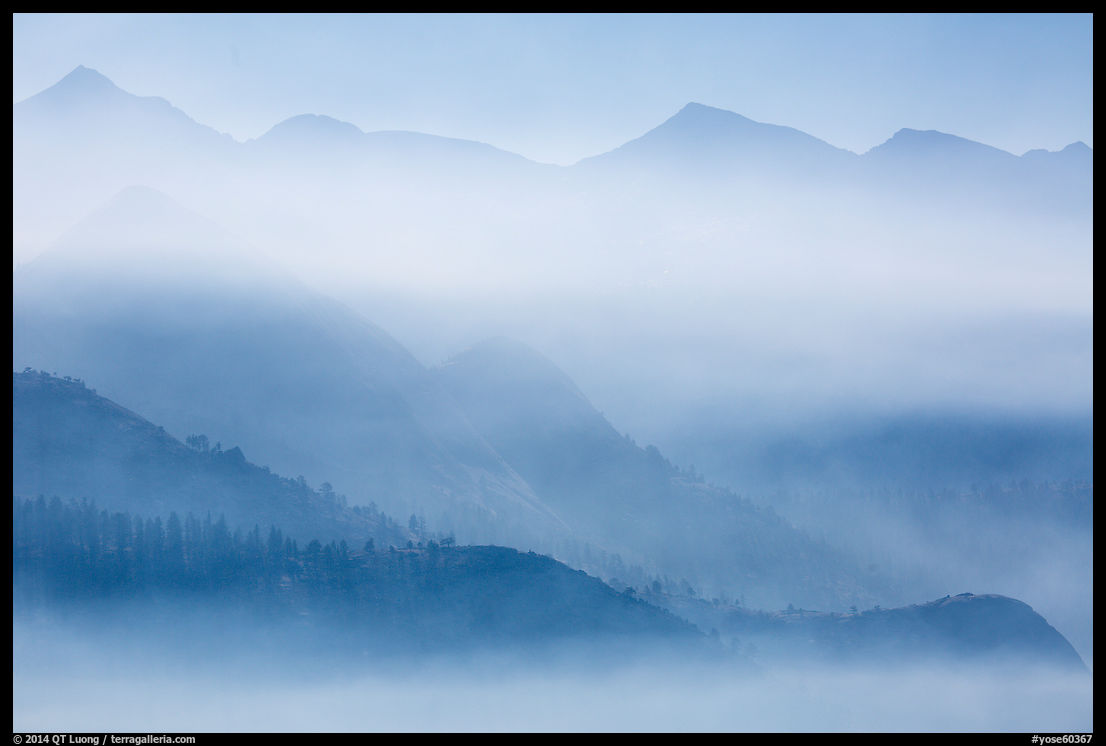
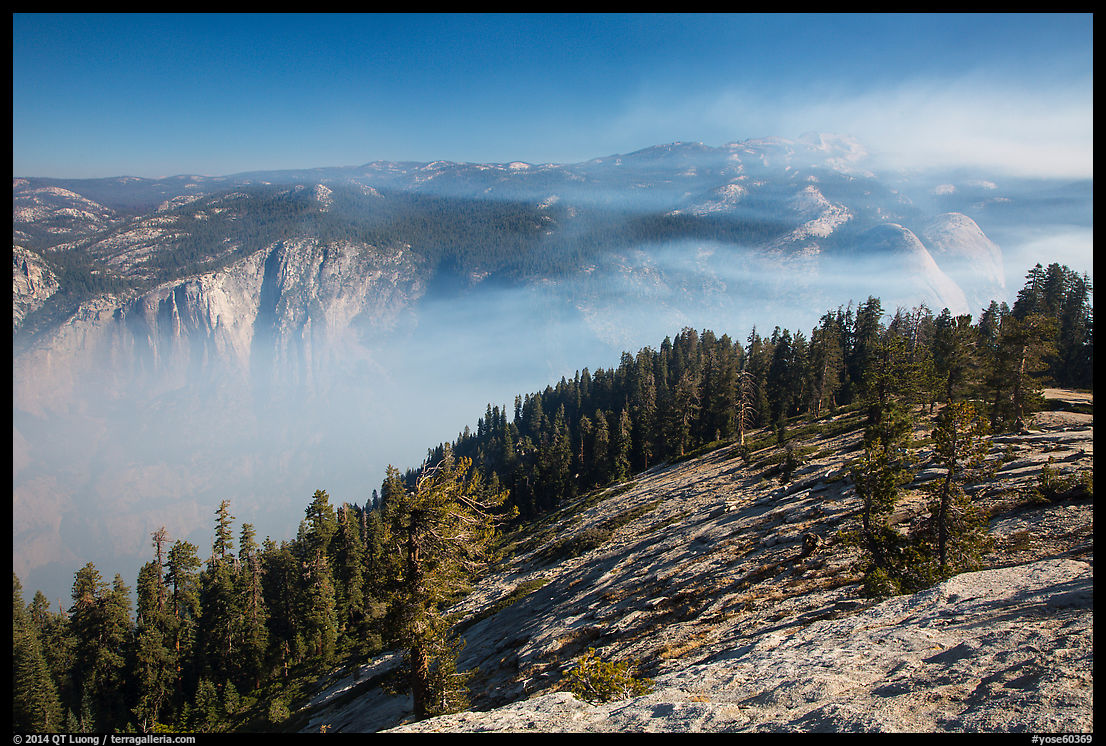

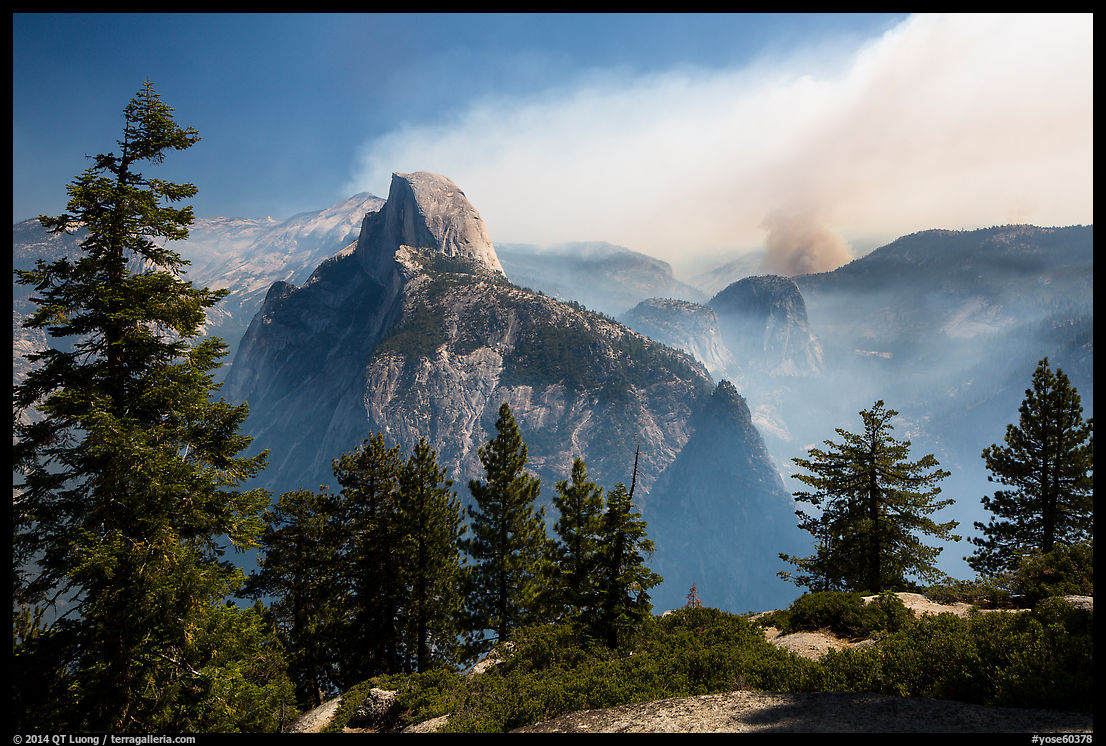
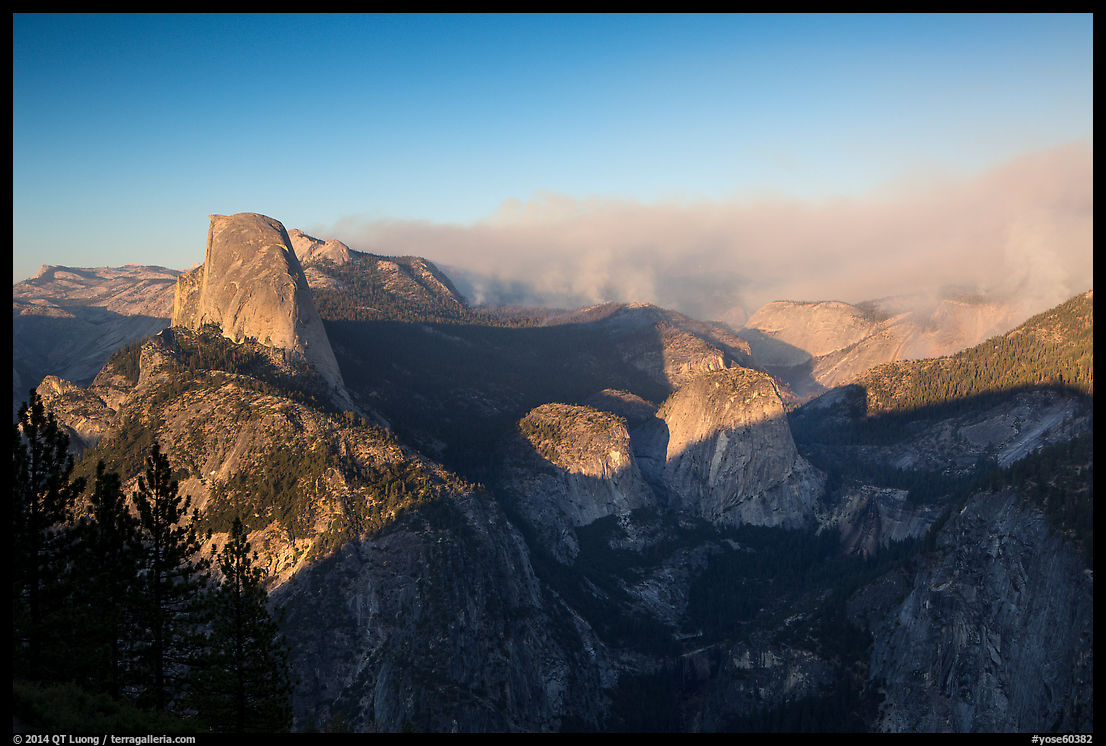
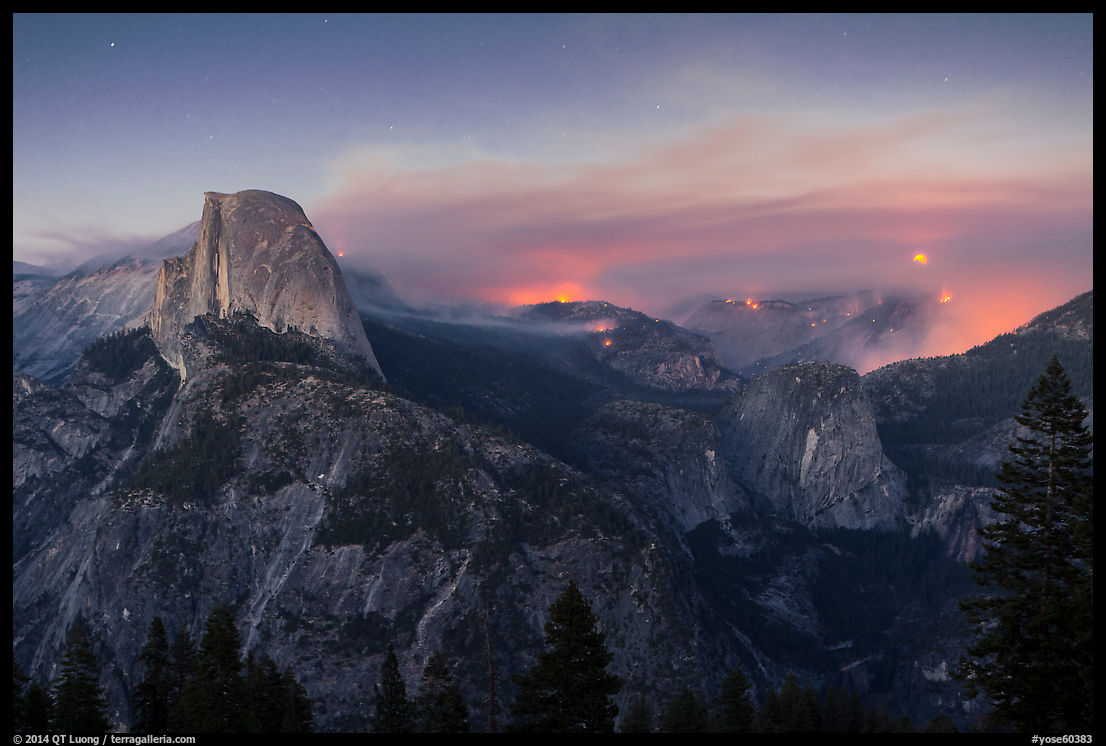
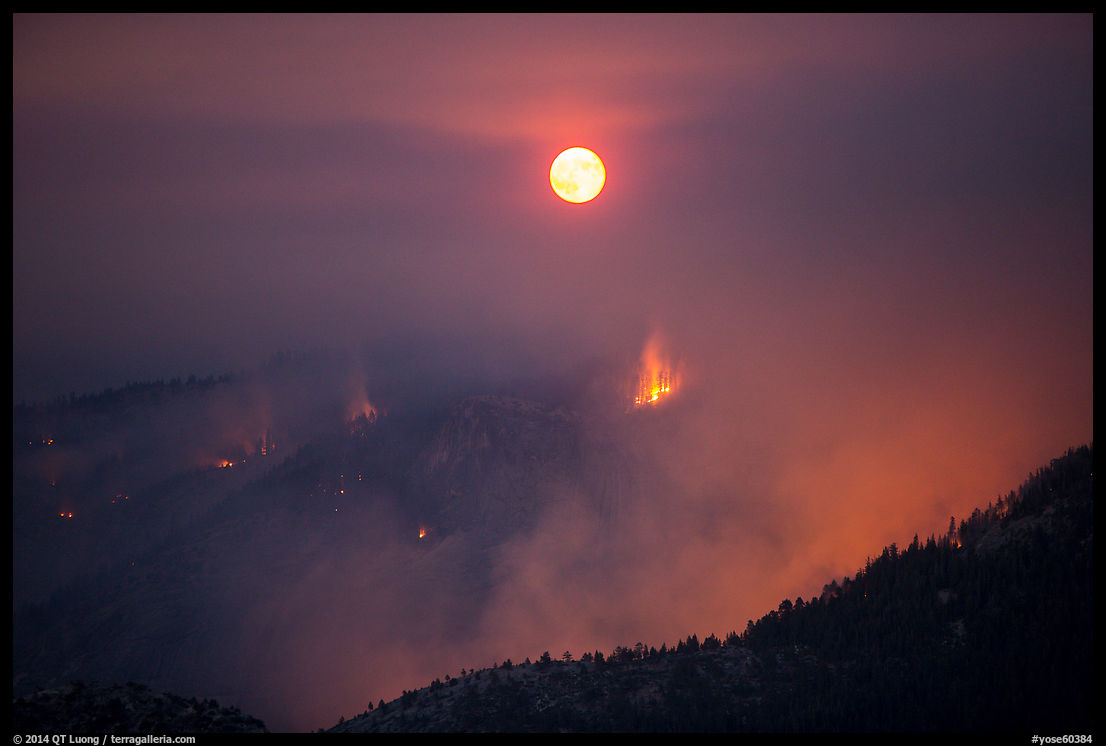

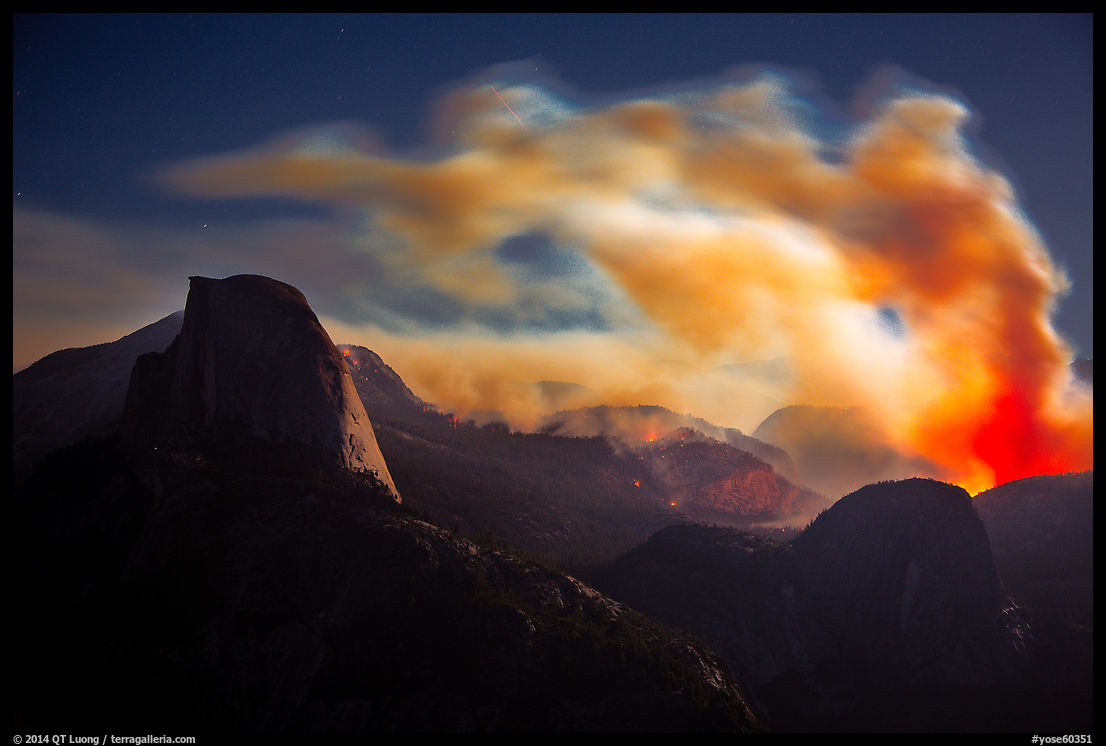

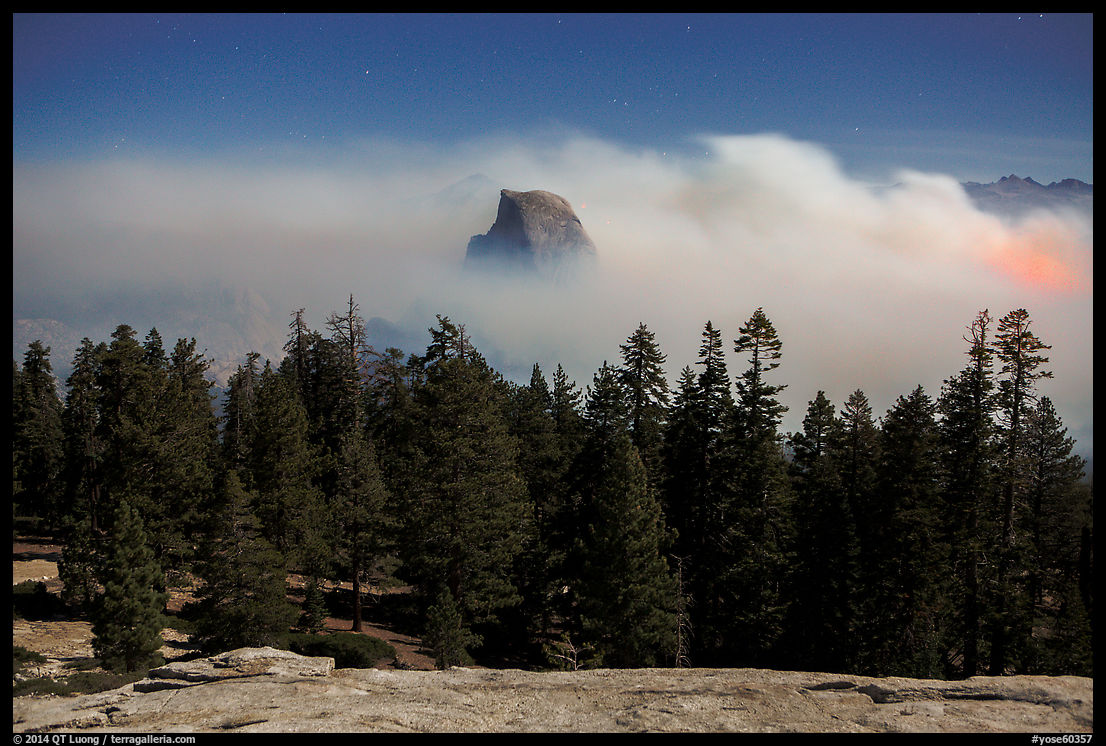
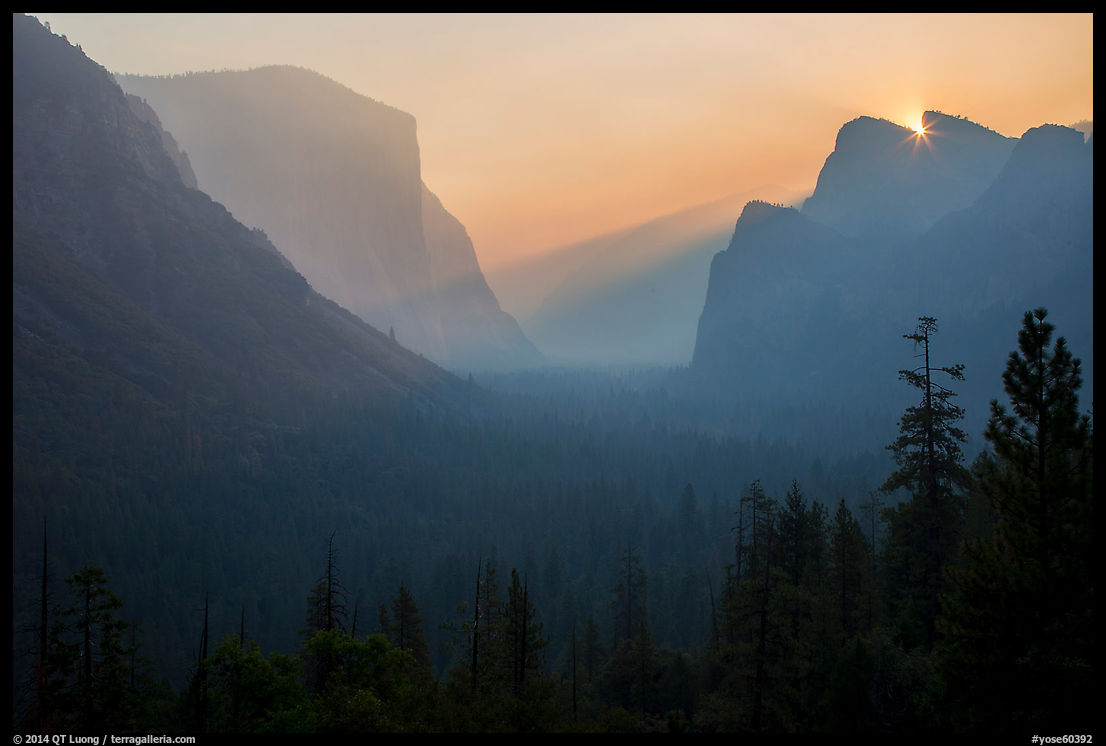


My favorite is #yose60351. These photos are indeed iconic. And the blog post rightly reminds us that, while there is sadness in destruction, nature recovers.
(Will any of your photos of national parks be featured in Ken Burns’ new Roosevelt documentary? There will be a segment on national parks.)
– Dolores
Thanks Dolores. Difficult to discuss Ted Roosevelt without mentioning the parks! No photos from me in “The Roosevelts”.
My favorites are 60360, the Half Dome that was never seen before (hopefully not again) and 60383, beautiful but sad. I plan to do the Panorama trail next year and probably still see the destruction. Thanks for sharing.
Don
I really liked 60383 and 60386 , I couldn’t choose to leave one of them out.
383 and 384, both for their depiction of the alien red-orange glow. They almost resemble the lava flows in Hawaii. Nicely shot.
The plume on the night of Sept 8 also reminded me of the Halemaumau crater.